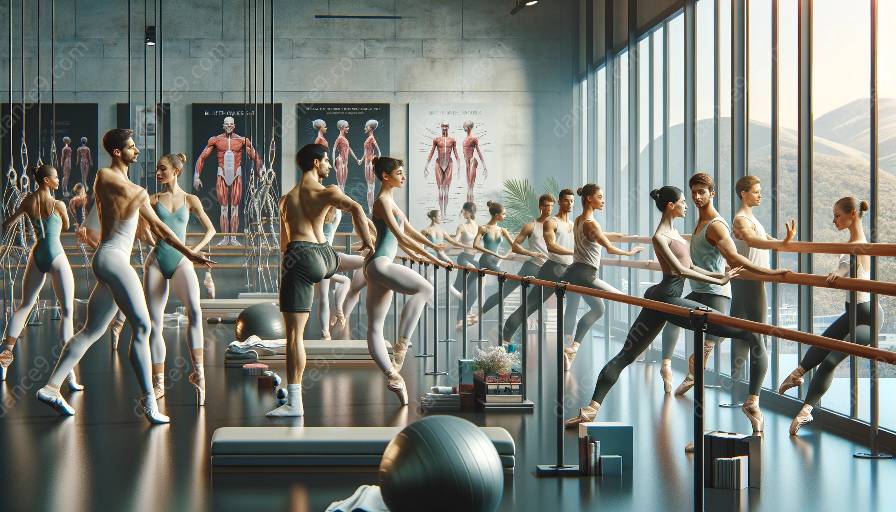Ballet is a physically demanding art form that requires strength, flexibility, and grace. As a ballet dancer, maintaining peak physical condition is crucial for performance success. However, injuries can occur, and proper protocols for recovery and rehabilitation are essential to ensure a smooth return to full physical capability.
When it comes to injury recovery and returning to full physical capability for ballet dancers, there are several best practices that can help support the healing process and prevent future injuries. It's important to consider both the health and physical aspects of ballet, as well as the history and theory behind this beautiful art form.
Understanding the Physical Aspects of Ballet
Ballet places significant demands on the body, requiring dancers to execute complex movements and maintain proper alignment and form. The physical aspects of ballet include:
- Strength and conditioning: Ballet dancers require strong, toned muscles to support their movements and prevent injury. Cross-training with activities such as Pilates, yoga, and strength training can help build overall strength and endurance.
- Flexibility: Flexibility is crucial for ballet dancers to achieve the wide range of motion and fluid movements required in their performances. Regular stretching and flexibility exercises are essential for maintaining and improving flexibility.
- Proper technique: Ballet technique emphasizes precise alignment, balance, and control. Dancers must focus on mastering proper technique to minimize the risk of injury and perform movements with grace and precision.
Best Practices for Injury Recovery
When a ballet dancer sustains an injury, it's important to prioritize proper recovery to ensure a full return to physical capability. Some best practices for injury recovery include:
- Seek professional medical guidance: Consult with a healthcare provider experienced in treating dance-related injuries to receive an accurate diagnosis and personalized treatment plan.
- Rest and rehabilitation: Allow the injured area to rest and engage in rehabilitation exercises as prescribed by a physical therapist or healthcare provider. Gradual progression and adherence to the rehabilitation plan are key to a successful recovery.
- Nutrition and hydration: Proper nutrition and hydration support the body's healing process. Consuming a balanced diet rich in nutrients and staying hydrated are essential for recovery.
Returning to Full Physical Capability
Returning to full physical capability following an injury requires a gradual and structured approach. Some key considerations include:
- Progressive training: Gradually reintroduce dance-specific movements and exercises, ensuring that strength, flexibility, and technique are gradually rebuilt to avoid re-injury.
- Mental readiness: Address any psychological barriers and build confidence in physical capabilities through visualization, positive reinforcement, and mental conditioning techniques.
- Supportive environment: Surrounding oneself with a supportive network of healthcare professionals, mentors, and peers can positively impact the recovery process and aid in returning to full physical capability.
Health and Ballet History and Theory
Understanding the intersection of health and ballet history and theory can provide insight into the evolution of ballet as an art form and its impact on physical well-being. Throughout history, ballet has undergone transformations in technique, choreography, and aesthetic, leading to an increased understanding of how to care for dancers' physical and mental health.
Furthermore, the principles of ballet technique and training have evolved over time, incorporating a deeper understanding of anatomy, physiology, and biomechanics. This intersection of health and ballet history and theory underscores the importance of holistic approaches to injury prevention, recovery, and the maintenance of full physical capability, aligning with the evolving understanding of the dancer's body.
In conclusion, the best practices for injury recovery and returning to full physical capability for ballet dancers encompass a holistic approach that considers the physical demands of ballet, the individual dancer's health, and the historical and theoretical context of ballet as an art form. By integrating these principles, dancers can achieve optimal recovery and performance success, ensuring a long and fulfilling career in the world of ballet.





























